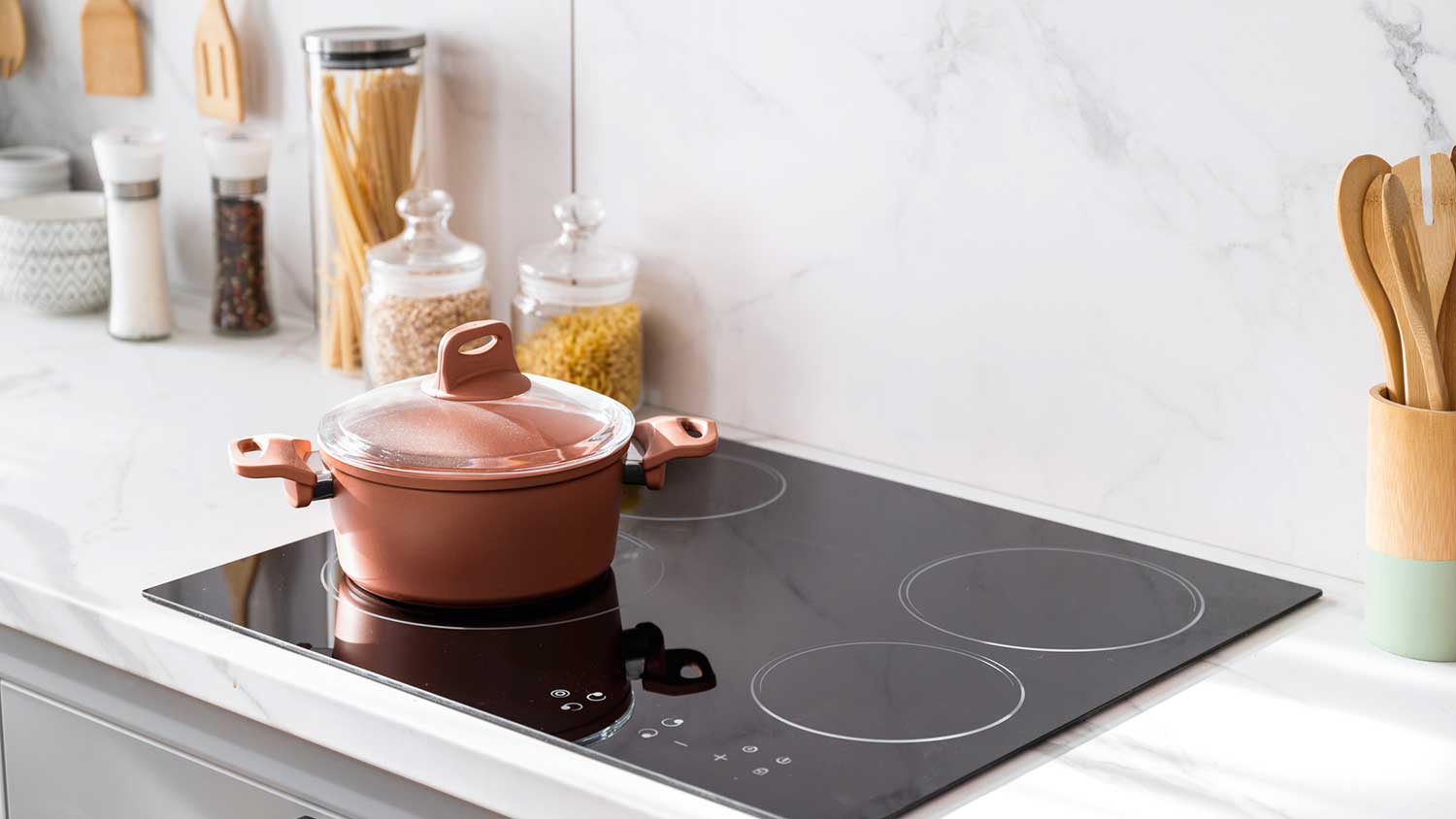
Discover the cost to install washer and dryer hookups. Learn about price factors, labor, materials, and tips to save on your laundry room project.
Let’s get cooking


Replacing your stove is a home improvement project that can pay delicious dividends, but is it something you can tackle yourself? It is only if you’re familiar with the safety protocols involved with gas lines and moving heavy appliances and have licensing. Below, learn how to install a gas stove to upgrade your kitchen. However, if this is your first DIY or you have no idea what a flex connector even is, put down the tools and call a local pro.
Seriously, improper handling of gas lines or faulty installation of your gas stove can increase the risk of a fire, an explosion, or carbon monoxide leaks in your home, which can be fatal. Unless you have a lot of prior experience, leave this one to the pros.
Before setting up your new stove, there are a few things to do first. Start by researching local building codes and gas stove installation requirements in your area. In some places, you’ll need a permit to work with gas appliances, which means you’ll have to save the DIYing for another day. Make sure to review your stove’s warranty carefully, too, because incorrect installation may void your policy.
When replacing an old stove, it’s crucial to install a new gas connector, as well. Connectors are about 1/2 inch in diameter, but the specific type you need will depend on your stove’s dimensions and model.
If you’re confident about your abilities and local regulations don’t require licensing for the installation, you’re probably ready to roll up your sleeves and install your new gas stove. Here’s how to do it.

For your safety, it’s essential to turn off the gas supply before working on your stove. To do this, find the gas shut-off valve behind the range and flip it to the “off” position. If you don’t see the valve, it might be in your basement underneath where the stove is located above. If you can’t find the shut-off, call a pro for help.
With the gas off, you can disconnect your old gas stove by using an adjustable wrench to remove the existing gas connector. Throw away the connector, then move the old stove out of the way to make room for the new one.
Going in a clockwise direction, wrap the Teflon plumber’s tape around the gas valve threads two times. Be sure to use yellow plumber’s tape, which is tested and designed specifically for gas lines.

Remove the end cap from the new gas line connector and screw it into the gas line port, making sure there are no kinks in the line. Don’t force or jam the connector into the port.
Screw the street elbow into the gas port on the range. Then, attach the other end of the street elbow to the free end of the gas connector, making sure not to overtighten. Wrap each fitting with a layer of Teflon tape.
Secure both ends of the connector by holding the tube straight against each fitting and using the wrench to tighten the nuts. Don’t use tape on these threads because it can weaken the seal.
Turn on the gas, then spray the gas leak detector solution onto the connector joints. If any bubbles appear, there’s a gas leak. In that case, shut off the gas supply and call a local gas stove company for help.

After you confirm there are no gas leaks, you can push the stove into place and finish assembling it. Depending on the model, you may need to plug it into an outlet (if it has electrical power) or install an anti-tip bracket. Check your manufacturer’s instructions for more specific directions.
Not sure what to do with your old stove? If it’s in decent condition, you may be able to sell, donate, or gift it to someone else. Otherwise, you can look for a local utility company, scrap metal business, or another organization that will recycle it for you.
If you make a mistake when installing a gas stove, it could result in a fire, explosion, or gas leak—all of which can have life-threatening consequences. For these reasons, we recommend having a professional handle any gas appliance installation.
On average, hiring a natural gas plumber to install a gas stove costs $45 to $200 per hour, depending on your location and the plumber’s experience level. While this might seem steep, it’s really an investment in the safety of your family and your home.
From average costs to expert advice, get all the answers you need to get your job done.

Discover the cost to install washer and dryer hookups. Learn about price factors, labor, materials, and tips to save on your laundry room project.

Garbage disposals last five to 10 years, and replacement is preferred over repairs. Here’s everything you need to know about replacing your garbage disposal.

Discover the average cooktop installation cost, key price factors, and tips to save. Learn what impacts your total cost and how to budget for your new cooktop.

There are many different sizes of dishwashers, and which one you choose will depend on whether you want a standard dishwasher size or a custom fit.

Burnt popcorn or a candle gone wrong can smell pungent and overwhelming. Find out how to get these smoky smells out of your house for good.

Wondering who to call to hook up a gas dryer? Call a licensed plumber or contractor to hook up your gas dryer and make sure it's venting properly.